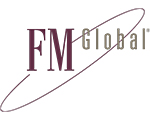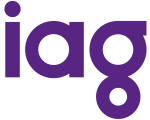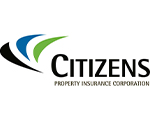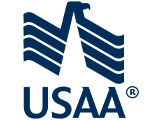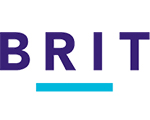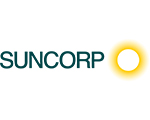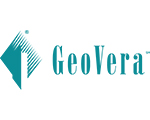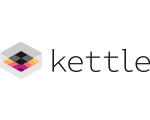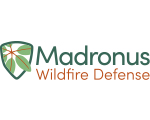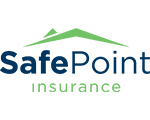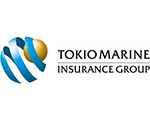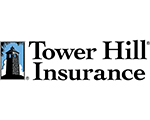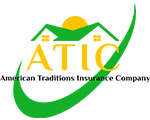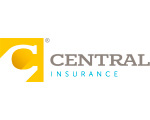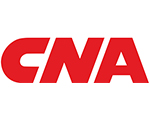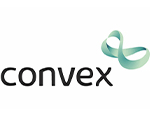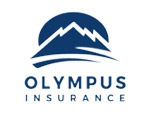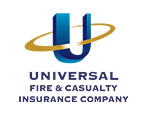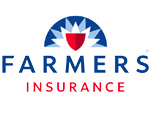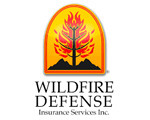GIC Members
Members only. Access additional knowledge base articles about Viewer, APIs, partner integrations, and more.
Contact Support
Need more info or help troubleshooting? Contact our member advocacy team.
Membership Sales
Questions about membership benefits, products, and imagery coverage? Talk to our business development team.
About GIC Membership
How is the GIC connected to NICB?
The Geospatial Insurance Consortium is an initiative of the National Insurance Crime Bureau (NICB). The NICB connects law enforcement and the insurance industry to investigate insurance fraud. By using the power of the rich data library provided by the GIC, insurers get access to real location intelligence and data analytics.
Who can join the GIC?
The GIC is true consortium of insurers, by insurers. Whether you are an insurance or re-insurance company, the GIC can provide significant value across your book of business.
What membership benefits do I receive?
GIC membership offers a host of benefits, including (but not limited to):
- best-in-class imagery and data you can trust
- tools & analytics to improve workflows
- enterprise-wide licensing
- imagery coverage from coast-to-coast, urban and rural
- ability to respond to your customers quickly and efficiently
- a true competitive advantage
More info at gic.org/benefits
How do I sign up?
Request a demo at: gic.org/join-today/
How do I access imagery?
Imagery is available via a web-based platform powered by Vexcel Imaging. You’ll have access to imagery wherever you are, as long as you have connectivity. All you need to get started is an address or general location.
Who captures the aerial imagery for the GIC?
All imagery provided by the GIC is captured and processed by Vexcel Imaging, an industry leader in geospatial data and mapping products. Their innovative UltraCam camera technology captures imagery at oblique and vertical (ortho) views, providing members accurate ground truth of improved location insight.
What is the benefit of imagery provided by Vexcel?
It starts with a complete end-to-end technology stack. No other aerial source offers imagery plus ground survey points, translating into a library of rich location content that is unmatched across the industry in quality, accuracy, and excellence. Vexcel owns its own fleet of aircraft and does all in-house processing of data so that what a customer receives is consistently accurate and of the highest quality.
About Blue Sky Imagery
Why is it called Blue Sky?
Blue Sky refers to the national capture program where imagery is collected during “blue sky” times, with little to no atmospheric interference.
What aerial products are available?
Members get access to a host of imagery products such as:
- Oblique: get a 45° perspective of properties and locations from all four cardinal directions, allowing viewers to see and measure structures, vegetation, and more
- Vertical: view property at scale with wide, straight-down imagery, and examine rooftops and property surroundings, get an at-a-glance situational awareness of large scale catastrophe scenarios such as city-wide flooding.
- Multispectral: take your evaluation of property to the next level with near-infrared (NIR) imagery, classifying vegetation and determining fire risk
- DSM: get a 3D rendering of a property that provides a clear view of the ground’s surface and assists in powering automatic feature extraction and machine learning applications
How often is aerial imagery captured?
Aerial imagery is captured in on different cadences depending on the type of imagery needed. For urban areas where high-resolution oblique is captured, Vexcel flies its fleet of aircraft on an annual basis. For wide area or rural captures, collection is on a rolling two-year basis.
What is the coverage area?
With over 900 cities captured annually across major urban areas, you get access to over 80% of the U.S. population. That’s coverage that speaks for itself.
What is the resolution of the imagery?
For urban (oblique) imagery, the resolution is a minimum of 7.5cm GSD. For wide area (vertical), resolution is 20cm GSD.
Can I export imagery and integrate into a third-party platform?
Yes, you can export and bring visualization to life with powerful GIS tools that allow you to see the GIC’s high-resolution imagery in your preferred platform. By incorporating real ground truth into a range of analytic and GIS platforms, such as ArcGIS, QGIS, and Verisk, you can create accurate base layer maps for evaluating property more precisely and efficiently.
Does the GIC have partnerships with other data analytics providers?
The GIC has established relationships with partner organizations who have been vetted and certified for custom integration, applications and analytics at member preferred rates.
About Gray Sky Imagery
What is the Gray Sky program?
The Gray Sky program is the most robust post-catastrophe imagery collection program across the U.S. It entails the collection and distribution of high-resolution aerial data in the wake of disastrous events.
How quickly is imagery captured for CAT events?
Planes are staged near impacted areas and deployed as soon as it is safe to fly and with air traffic control permission. Following the collection, imagery is available within 24 hours for review and use.
What is the resolution of the imagery?
Resolution for Gray Sky can vary depending on the type of disaster. But on average, imagery falls 5.5cm – 20cm.
As a GIC member, do I get access to all Gray Sky imagery?
Yes, you will be able to view any of the Gray Sky captures the GIC provides.
Do agencies or first responders have access to Gray Sky imagery?
The GIC works closely with emergency responders to identify key areas where imagery is needed most so they can better coordinate responses to impacted communities in a safe and efficient manner. High-priority users are the Red Cross, FEMA, all federal/state/local resources, major NGOs, community organizations and insurers.
How do I know when Gray Sky imagery is ready for access?
All GIC members receive an email news alert when imagery is made available for viewing, following a catastrophe.
Is comparison between pre- and post-CAT imagery available?
Yes, in most instances, members are able to pull up historical captures of an impacted area to see what existed prior to a natural disaster or catastrophe.
Request A Demo
Unlock more insights for insurance.


